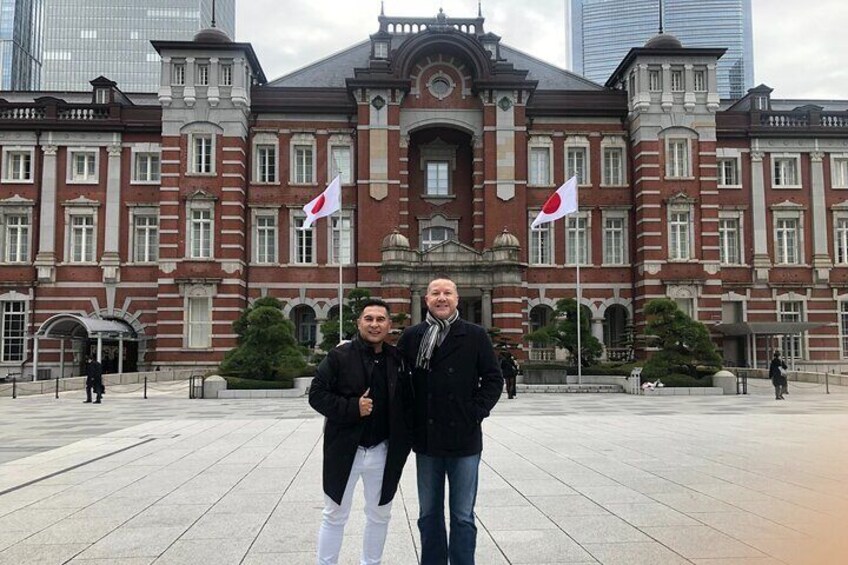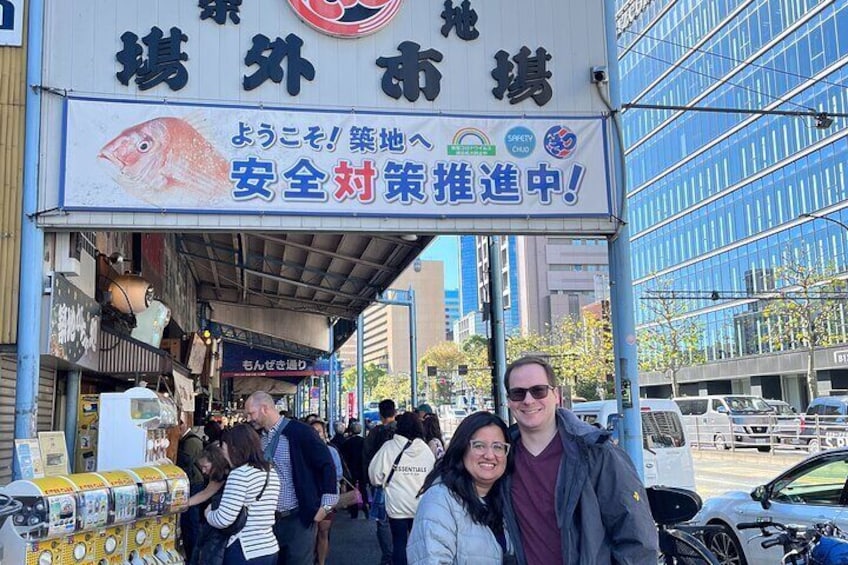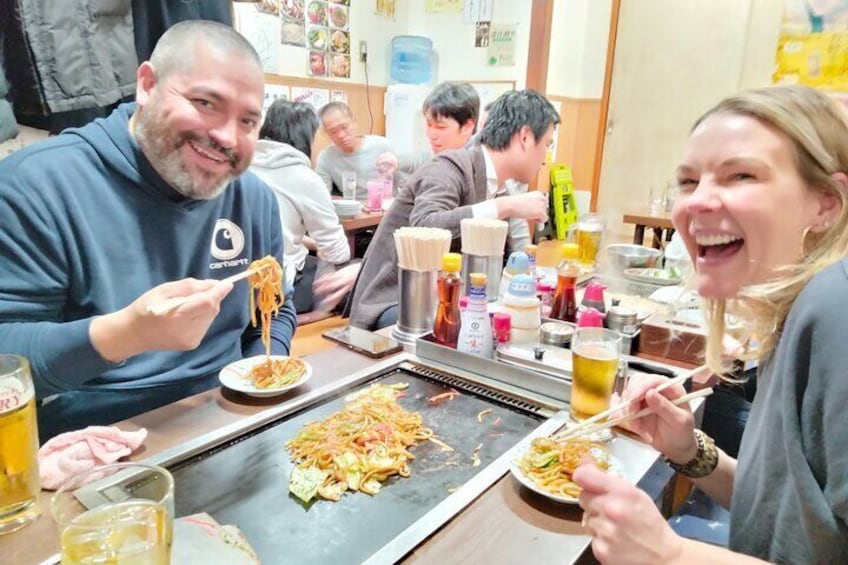




Tokyo 8hr Private Tour with Licensed Guide from Yokohama
9.4/10
9.4 out of 10Features
- Free cancellation available
- 8h
- Mobile voucher
- Instant confirmation
- Selective hotel pickup
- Multiple languages
Overview
Meet your guide in Yokohama and enjoy an efficient, one-day tour of Tokyo accompanied by a government-licensed and experienced English-speaking guide! Your guide will introduce both modern and traditional aspects of this dynamic Japanese capital.
Tokyo is where you can experience both modern and traditional, and your experienced private guide will help you efficiently enjoy a full day in this dynamic Japanese capital. Let us know what you would like to experience, and we will customise a eight-hour tour that's best for you! You usually can visit about 4 to 6 sights in a day in one or two areas of the city.
Note*: The National Government Licensed Guide Interpreter certification is issued by the Japanese government requires a good knowledge and understanding of Japanese culture and history.
Activity location
- Yokohama
- Yokohama, Kanagawa Prefecture, Japan
Meeting/Redemption Point
- Yokohama
- Yokohama, Kanagawa Prefecture, Japan
Check availability
Tokyo 8hr Private Tour with Licensed Guide from Yokohama
- 8h
- English
Pickup included
What's included, what's not
- Customisable Walking Tour of your choice of 4-6 sites from 'What to expect' list
- Meet up with guide on foot within designated area of Yokohama
- Licensed Local English Speaking Guide
- Transport fees, Entrance fees, Lunch, and Other personal expenses
- Private Vehicle
- You cannot combine multiple tour groups.
- Guide Entry fees are only covered for sights listed under What to Expect.
Know before you book
- Service animals allowed
- Public transport options are available nearby
- Infants and small children can ride in a pram or stroller
- Transport options are wheelchair accessible
- Wheelchair accessible
- Suitable for all physical fitness levels
- This is a walking tour. Meet up and Drop off are on foot and part of the tour time.
- This is a walking tour. Pick up is on foot.
Activity itinerary
Yokohama
- 30m
Imperial Palace
- 30m
Shinjuku Gyoen National Garden
- 1h
- Admission ticket not included
Shibuya Crossing (Pass by)
Asakusa
- 1h
Meiji Jingu Shrine
- 15m
Akihabara
- 15m
Koishikawa Korakuen Garden
- 15m
- Admission ticket not included
Hama Rikyu Gardens
- 15m
Tsukiji Fish Market
- 30m
Takeshita Street
- 30m
Rikugien Garden
- 30m
- Admission ticket not included
Yoyogi Park
- 30m
Senso-ji Temple
- 15m
Roppongi Hills, Shop & Restaurant
- 15m
Shibamata
- 15m
Nezu
- 15m
Shinjuku Golden Gai
- 15m
Odaiba District
- 15m
Yokohama
- 30m
Location
Activity location
- Yokohama
- Yokohama, Kanagawa Prefecture, Japan
Meeting/Redemption Point
- Yokohama
- Yokohama, Kanagawa Prefecture, Japan